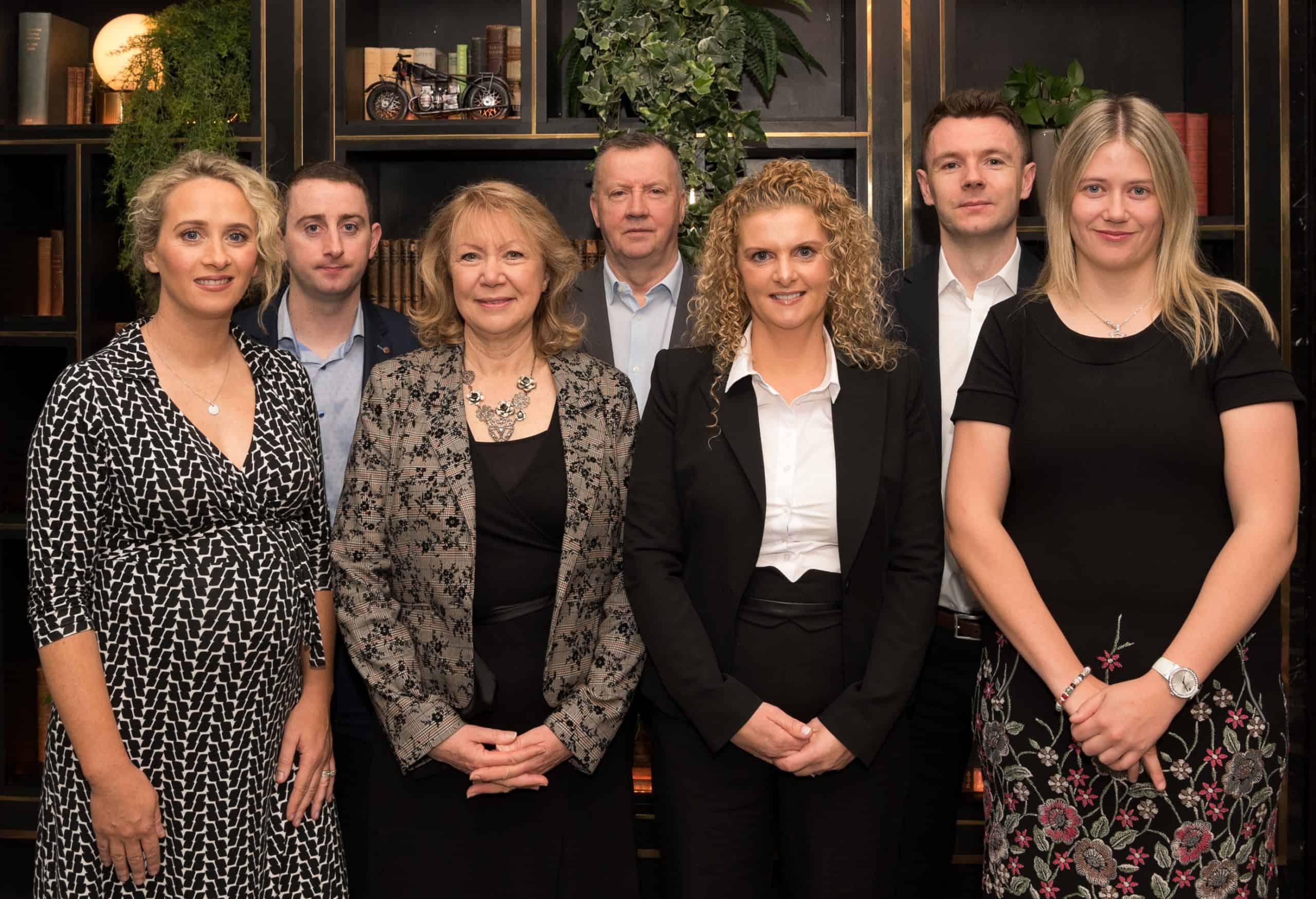Which is the Best ISO Standard For Your Business
There's a right choice for every company. That's across the board from choosing the optimal customer profile and office location right down to which...
2 min read
Caroline Geoghegan : Mar 23, 2020 6:11:48 PM

Be it product or service, every business aims to offer the best to its clients.
A restaurant will seek to source only the finest seasonal ingredients for its menu, while a painter decorator will use only those paints and tools that bear the quality mark which will ensure he can deliver the best job for his clients.Diverse though their businesses might be, their common denominator is providing service excellence resulting in high levels of customer satisfaction - satisfaction based on quality.
While clients might not be overly concerned with how businesses maintain high satisfaction levels, companies on the other hand, place a lot of emphasis on working to specific guidelines and regulations against which they can achieve service excellence and superior quality product. But how can these companies tell if they are doing the right thing?
The answer is accrediting bodies. Experienced accrediting bodies are well placed to determine the quality of a company’s products or services long before they reach the client, and to do this, many of them will rely on ISO 9001:2015, the Quality Management System standard as their benchmark.
ISO 9001 Certification refers to Quality Management Systems, acts a guideline for businesses to improve their operational processes. It is based on eight quality management principles, each of which encompasses elements of the organisational make-up such as facilities, human resources, L&D, etc. Those eight principles are:
ISO 9001 Certification requires an organisation to establish, document, implement, maintain and improve their Quality Management Systems. It is essential that it demonstrates commitment to quality, with a particular focus on customer satisfaction.
To achieve ISO 9001 accreditation, an organisation must adhere to ISO 9001 certification guidelines and requirements. Preparation can take anything from three months to a year, and might prove costly if the organisation doesn’t have the right support networks in place.
Firstly, the organisation must consider how they intend to demonstrate the eight core principles, before they attempt to implement them. Several documents must be prepared, and employees fully trained in the objectives of the organisation. Thereafter, the accrediting body will observe the operations of that organisation and study their Quality Management System (QMS), before determining whether the detail of the QMS is being implemented and making any necessary recommendations.
With all the fuss of preparation, never mind the cost, why would any organisation go through the process of ISO 9001 certification?
Despite the potential difficulties and costs, organisations move to become ISO 9001 accredited because they can see global proof positive of how it has increased client satisfaction and operational efficiencies in other companies.
With clear guidelines to follow and focus their attention, employees are better engaged and motivated to work towards a specified goal. Identifying risks, AND opportunities becomes easier, as does shoring up gaps in both procedures and the workforce.
Quality Management Systems guide organisations, reminding them of their original vision, mission and goals, as well as communicating their core principles. With a quality management system to underpin its operations and help keep the focus on its objectives, a company is better able to provide top quality products and service excellence to meet its clients requirements resulting in improved customer satisfaction levels, and inevitably, increased profits.
Interested in finding out what ISO 9001:2015 will mean for your business? Download our FREE ISO 9001:2015 Ebook below!

There's a right choice for every company. That's across the board from choosing the optimal customer profile and office location right down to which...

Being certified to ISO 9001 benefits businesses in many ways including helping them to expand into new markets and grow their client base.

No fuss, no frills - CG Business Consulting gives you the what, the who and they why of ISO 9001 Quality Management System Standard.